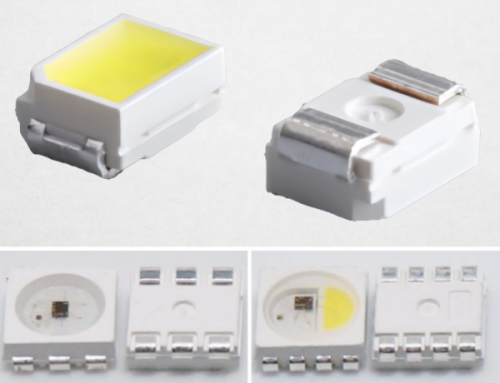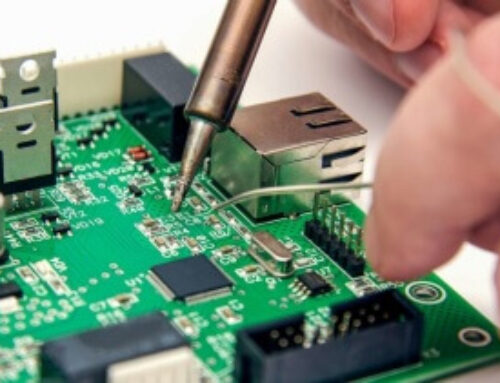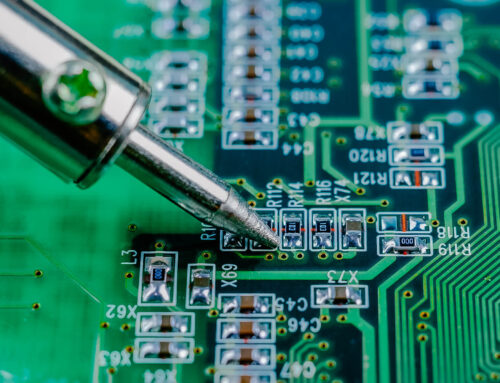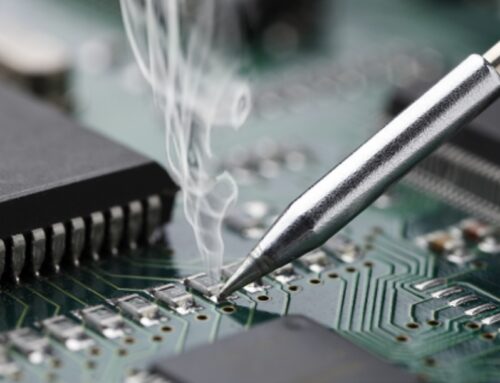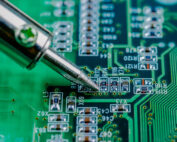Ball Grid Array Demystified
This article will introduce how to use correctly the ball grid array rework station for BGA repair, helping you better master this technology.
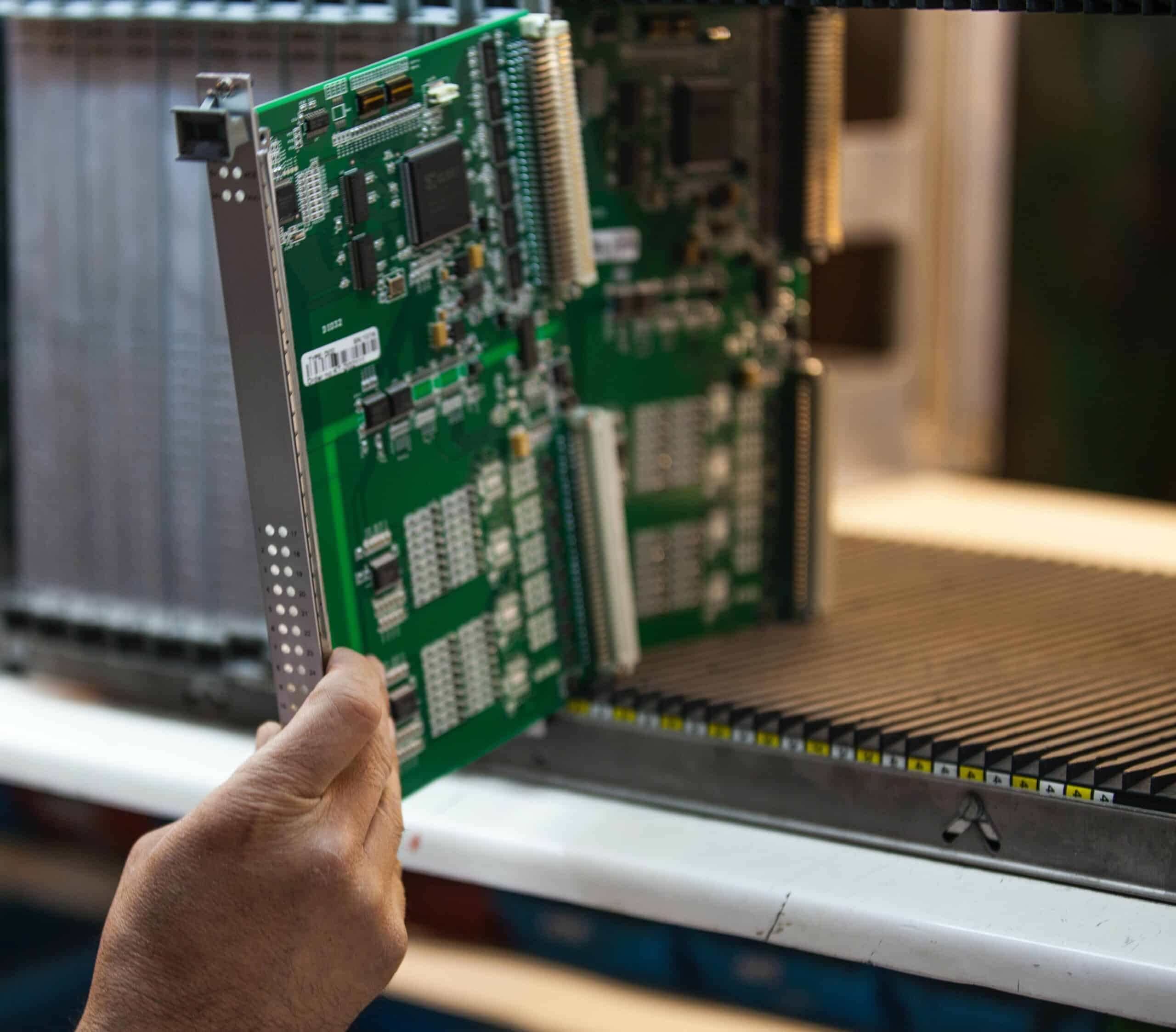
BGA (Ball Grid Array), a packaging format that is widely used in
electronic devices, has grown to be a popular choice. BGA rework is the process of removing a BGA from aPCB, and then resoldering it back to the PCB
if it fails.
It’s difficult to see solder joints. BGA rework can be complex. This makes it difficult for
untrained repair personnel. can help solve this problem. This article will show you how to correctly use
the BGA reworkstation for BGA repairs, allowing you to better master this technology.
What Is BGA?
BGA chips are integrated circuits packaged in a ball grid array. The solder joints are arranged in
circular or cylinder arrays on the bottom. Reflow soldering is used to connect the solder balls to the
PCB pads.
BGA packages have many advantages such as high density and heat dissipation. They are widely used in
consumer electronics, communications equipment, industrial controls, and other areas.
BGA components can be classified according to their packaging type: Tape Ball Grid Array, Ceramic Column
Grid Array, Ceramic Ball Grid Array.
What Are the Main Reasons for BGA Rework and Why?
1) Device Fault
A device can stop working if the Ball Grid Array connection fails.
2) Temperature Issues
Temperature changes can affect the stability of BGA connections. Temperature changes can cause the
solder to fall off or become deformed.
3) Stress Issues
Stress can occur due to mechanical stress, vibrations, etc. in the BGA connector, which causes the
solder to crack.
4) Production and Design Defects
There may be issues with the layout and location of BGA components during the manufacturing process.
This can lead to poor connections.
5) Maintenance and Repair
During maintenance and repair, incorrect tool use or incorrect operation can damage the Ball Grid Array
connector.
BGA Rework: Benefits
Rework costs are low: it is cheaper to rework a BGA than replace the entire circuit board.
• Fast Repair
This usually takes less than the time it would take to remanufacture the PCB or replace surface mounted
components.
• Improved Reliability
Rework can improve the reliability and performance by repairing BGA connections that are not working
properly.
• Environmental Protection
Repairing electronic equipment can help reduce the amount of waste. This will reduce the amount of
electronic waste that is thrown away.
BGA Rework Flow
BGA repair is an intricate process that requires strict adherence to the operating and processing
specifications in order to achieve soldering of high quality. Technicians use BGA repair stations. It
includes hot air guns and hot plates as well as microscopes to help maintainers control temperature and
soldering.
The BGA rework procedure consists mainly of the following steps.
1) Preparation
Dried: Remove moisture from the circuit boards by drying them. This prevents defects
such as bubbles and open circuits during rework.
Product Protection: Protect components susceptible to heat damage on circuit boards,
such as plastics, LEDs and batteries.
Selection of suitable nozzles & supports:Select the appropriate nozzles &
supports. This is done based on the thickness and size of the circuit boards. This will stop the board
from deforming.
Select the correct curve for disassembly and soldering: Choose the correct curve for
disassembly and soldering. This is based on the chip’s type and specification. This prevents chip or
board damage.
2) Disassembly
Remove the BGA from the circuit board using the temperature curve.
Cleaning the solder pads. Remove any residual solder paste or solder balls from the PCB.
3) Ball Planting
Choose appropriate solder ball and auxiliary material, and insert the solder ball onto the pads of BGA
parts.
4) BGA Soldering
Apply the auxiliary materials evenly to the pad.
Solder the BGA devices to the circuit boards.
Choose the temperature curve after the surface mount inspection. With it, heat the BGA. After it has
cooled, remove the PCB.
5) Detection
Check for defects like cold welding, open-circuits, short-circuits, etc., using X ray detection. This
ensures that the quality of welding is high.
BGA Rework FAQ
Chip warping: Control temperature and time when disassembling, cleaning pads, and
planting balls to avoid the chip overheating.
PCB warping: Lower temperature and increase bottom heating temperature. Watch the
height and position of the support to avoid PCB deformation.
Open circuit welding: Check the welding curve, the auxiliary materials, the drying and
coplanarity in order to ensure quality welding.
Short circuit welding: Check stencil opening, solder mask drying, temperature curve,
and temperature curve in order to prevent welding short-circuits.
BGA Rework Notes
• To prevent failure, strictly follow the repair procedure and operating specifications.
• To ensure quality welding, use appropriate materials and equipment.
Prepare countermeasures for common problems that arise when reworking BGA chips.
Summary
BGA repair requires some skills and experience.
The performance of the chips will be affected by multiple stresses, even though BGA technology is
advanced. PCBA manufacturers must therefore increase supervision and management during the packaging of
chips in order to reduce the likelihood of BGA rework.






